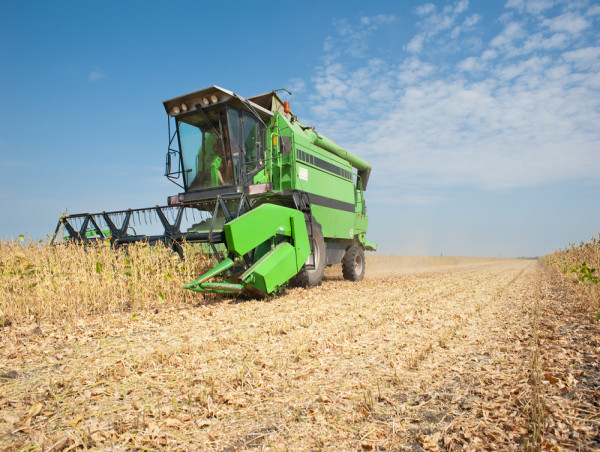Soybeans price has jumped slightly in June as investors buy the recent dip after it dropped to the lowest level since December 2021. In all, prices remain about 10% below the highest level this year. Soybeans have outperformed other agricultural commodities like corn and wheat.
Argentina production falling
Argentina is one of the biggest agricultural producers in the world. It produces key commodities like corn, wheat, and soybeans. The challenge is that Argentina is going through a major economic meltdown that has seen inflation surge. As I wrote here, Argentina’s peso has plunged to a record low amid these concerns.
Therefore, there is a likelihood that Argentina’s crop production will drop this year as the cost of production and inputs rises. This view was confirmed by the US Department of Agriculture (USDA), which published its WASDE report last week.
The report showed that Argentina will produce 25 million bushels of soybeans this year, down by about 2 million in the previous year. It added that global crush will drop this year mostly because of weak production in Argentina.
Fortunately, the soybeans market is highly diversified. As a result, production will be higher this year, thanks to robust production in the United States and Brazil. The latter two are going through strong competition in China, the biggest consumer in the world.
In all, despite the weakness in Argentina and Vietnam, the world will see record soybeans production this year, which could have an impact on prices. In the US, production will surge to a record high of 4.5 billion bushels. Globally, production will surge to a record of over 410.6 million tons.
Demand is also expected to rise gradually in the US and China. The challenge is that the competition between US and Brazil could push prices sharply lower this year. In a report, the USDA said:
“Consequently, the average price received by soybean farmers is expected to fall from $14.20 in 2022/23 to $12.10 in 2023/24.”
Soybeans price forecast

The daily chart shows that soybeans prices formed a small hammer pattern on May 31st this year. In technical analysis, this pattern is usually a bullish sign. It has then risen and retested the key resistance point at $1,410, the lowest level on March 24th.
Corn has moved below the 50-day exponential moving average (EMA). Most importantly, it has formed a break and retest pattern, which is a sign of a bearish continuation pattern. Therefore, there is a possibility that soybeans price will resume the bearish trend in the coming months.
The post Soybeans price recovery faces significant supply headwinds appeared first on Invezz.



